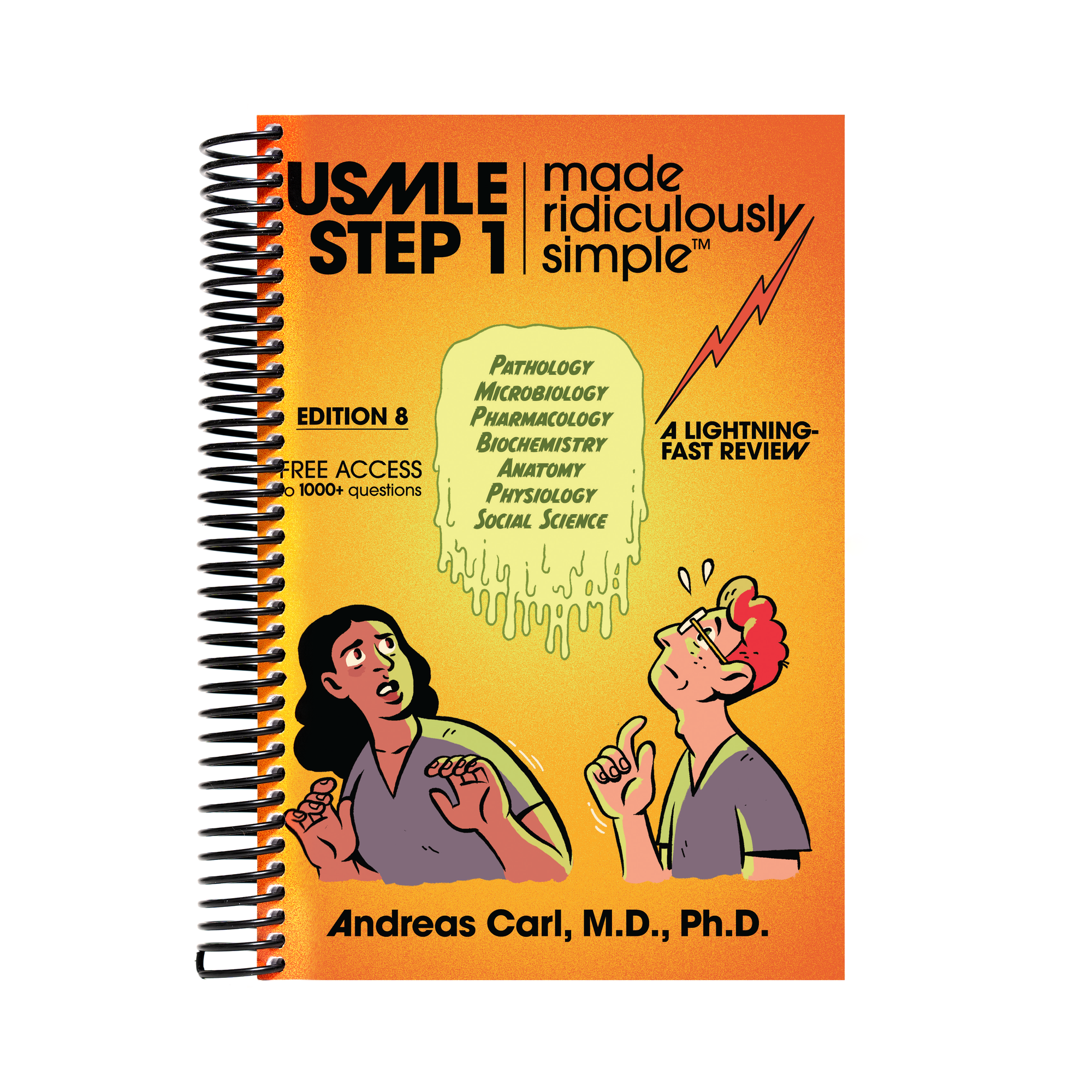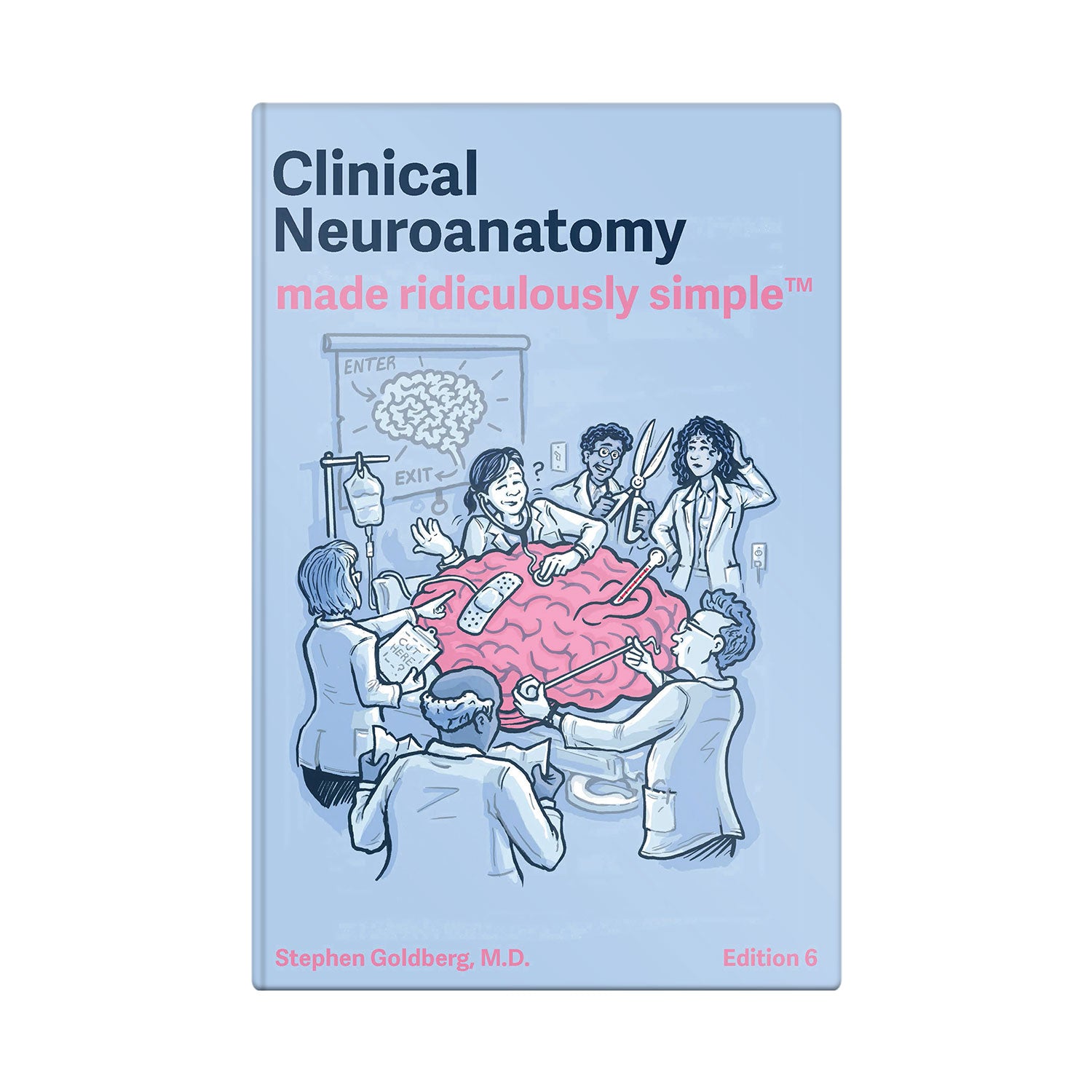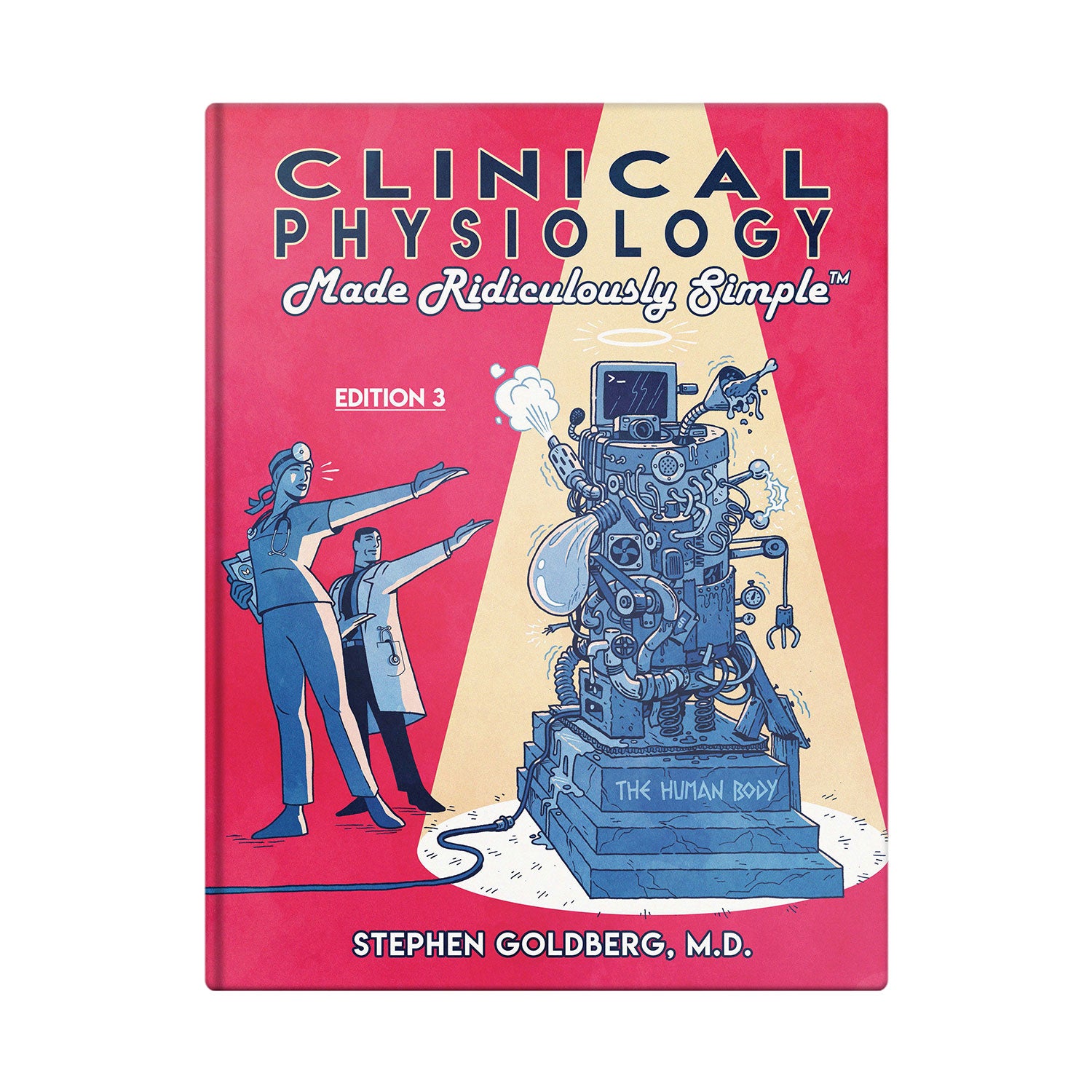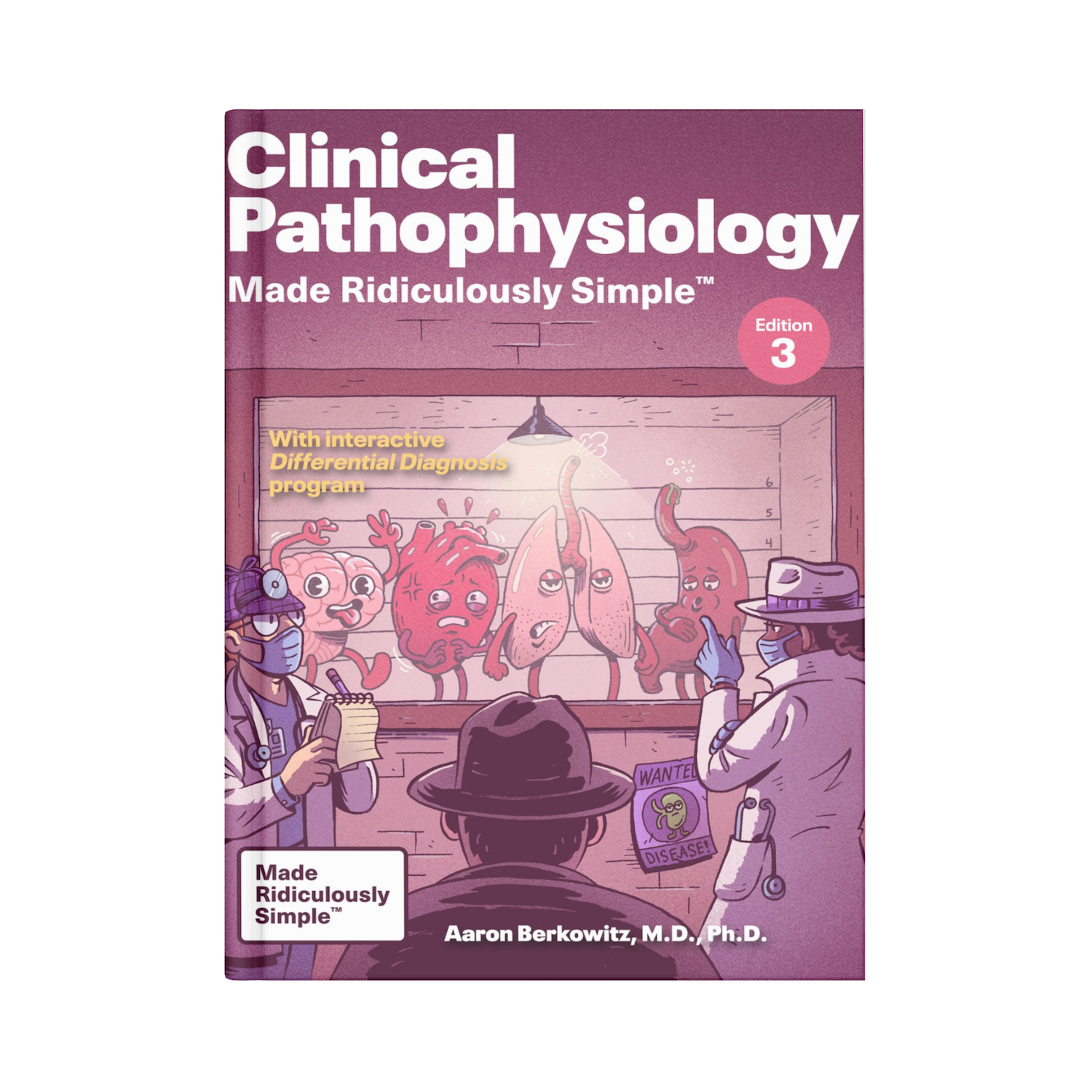
How To Study Neuroanatomy
It occurred to me that the learning of a subject has a lot to do with the grasping of general principles.
The director of medical student cardiology training at the University of Miami once told me that cardiology was really not that difficult to learn, since it was based on a few general principles, but that neuroanatomy was difficult, since there were so many isolated facts that are difficult to digest.
I found this conversation interesting, since I had experienced just the opposite. Cardiology to me was always nebulous; there were just too many facts to learn, especially drugs and their effects, and I always had difficulty with cardiology. Neuroanatomy, though, seemed far simpler, since, to me, a few general principles conveyed the essence of the subject. It occurred to me that the learning of a subject has a lot to do with the grasping of general principles.

For instance, there are some 100 billion neurons in the brain and in the range of a quadrillion synaptic connections (connection points between nerve cells). This would surely be an overwhelming amount to learn. However, it is interesting from a clinical standpoint that of all these synapses, there is only one that is of clinical significance to know about in evaluating a patient. That is the synapse that separates an upper motor neuron from a lower motor neuron. Where the synapse is located makes a big difference in the kind of paralysis that a patient experiences, whether of the upper motor neuron kind or the lower motor neuron kind (I won’t go into the details here). Other than that synapse, it is the pathway along which information flows, rather than the number of synapses in that path that is important. Whether or not the pathway has one synapse or many within it is unimportant in making a diagnosis as to where the problem lies. This simplifies the study of the subject.
As an example, the right side of the brain connects with the left environment of the body. Thus, an injury to the right brain will result in sensory loss or weakness on the left side of the body. It is not necessary to know where all the synapses lie along these pathways to know this. Who would concern the physician more, a patient who complains of a right-sided headache and weakness and lack of sensation on the right side of the body, or a patient who complains of a right-sided headache and weakness and lack of sensation on the left side of the body? It is the latter, because a problem with the right brain should not affect the right side of the body. The location of the synapses is not so important in making this determination.
In learning neuroanatomy, then, it is more important, at least at first, to learn the general principles of pathway layout, rather than the location of synapses. If you want to learn all about synapses too, it would be better to first understand the general principles of direction of flow of the pathways, then move on to greater detail. This is the approach I have taken in Clinical Neuroanatomy Made Ridiculously Simple.
The Goldberg Files
The Goldberg Files is based on the struggles of Dr. Goldberg as well as those of his many students which he observed while teaching medical school for 25 years. This extensive blog is dedicated to assisting students in dealing with the stresses of medical education. Want to learn more?











